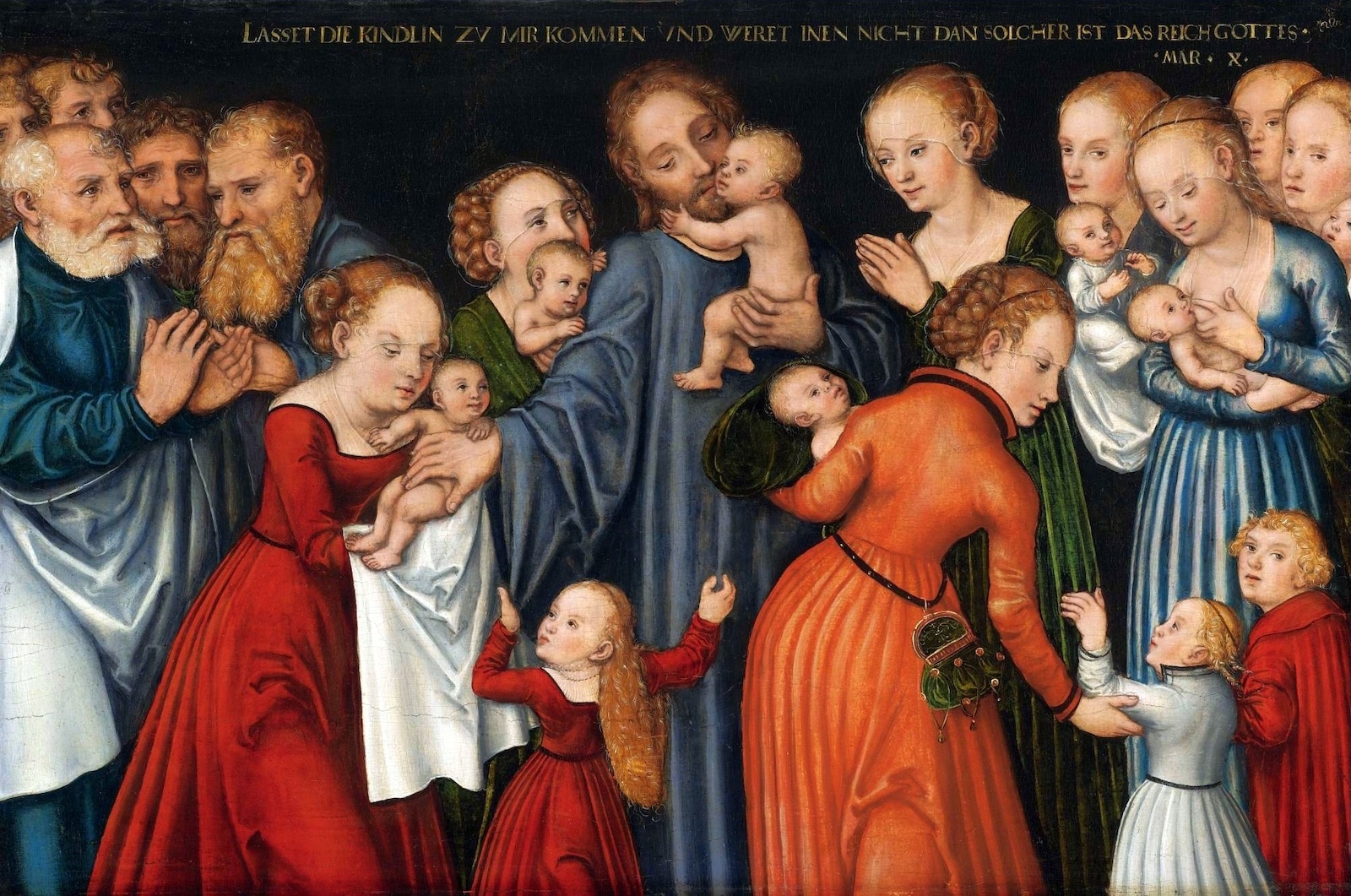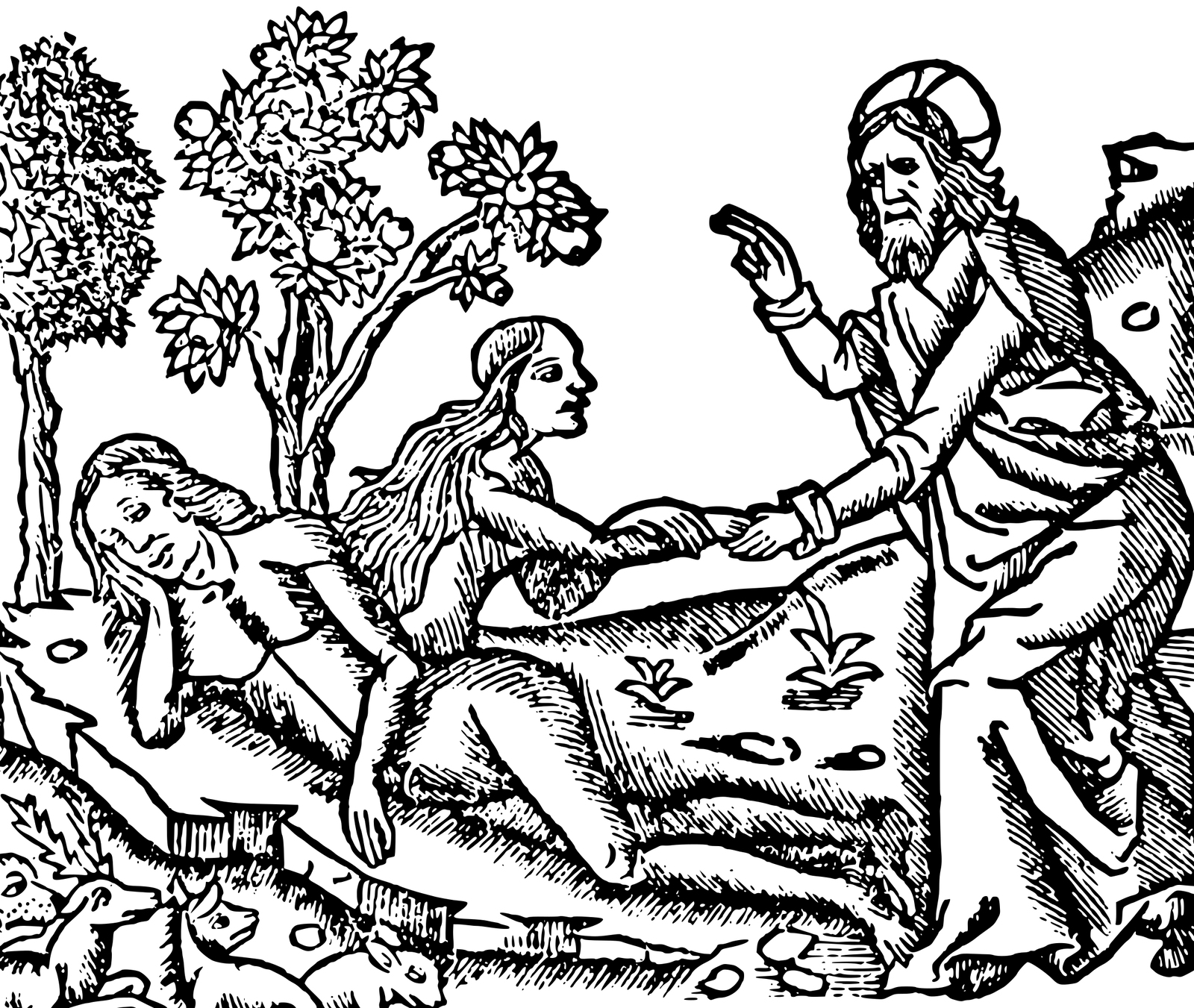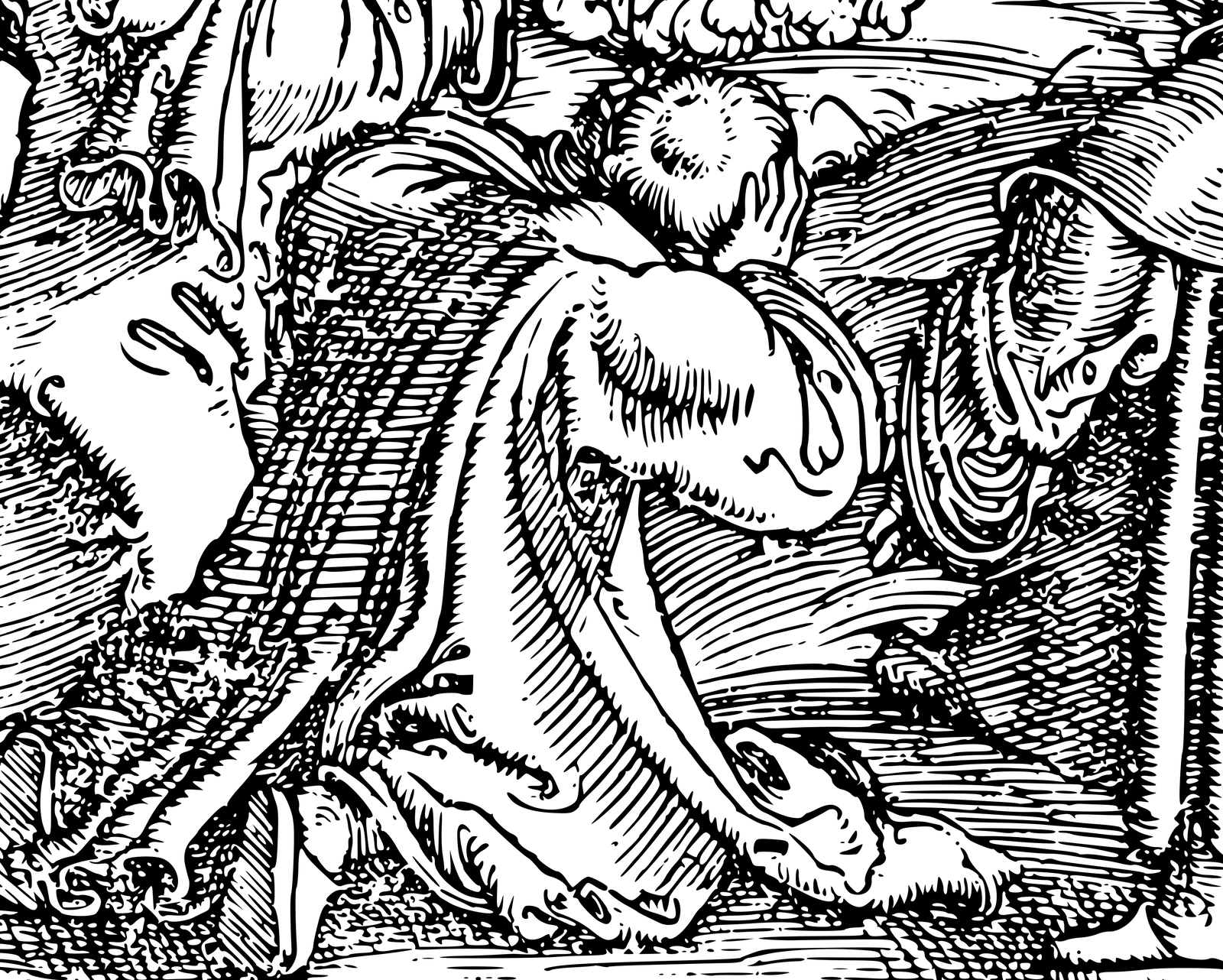
“Lasset die Kindlein zu mir kommen und wehret ihnen nicht; denn solcher ist das Reich Gottes.” Thus Martin Luther translated Mark 10:14 into German, which appears with slight variation at the top of this painting. Or as we know it, “Let the children come to me and do not hinder them, for to such belongs the kingdom of God.”
In the 1530s through 1550s, Lucas Cranach the Elder and Lucas Cranach the Younger produced multiple versions of this painting. I’ve seen at least a dozen of them, and there are likely more. Christ blessing the children captured the heart of the Lutheran Reformation: “Truly, I say to you, whoever does not receive the kingdom of God like a child shall not enter it” (Mk. 10:15). We receive the kingdom of God. We don’t earn it or work for it. An infant can’t make his way to Jesus and scale His robe and climb into His arms for a blessing. The infant is completely dependent. He must have everything done for him. “For by grace you have been saved through faith. And this is not your own doing; it is the gift of God, not a result of works, so that no one may boast” (Eph. 2:8-9).
“Christ Blessing the Children,” in all its iterations from the Cranach workshop, features Jesus in the center showing obvious affection for the babies whom the mothers are presenting to Him. The disciples stand off to the side with varying expressions of shame, confusion, and indignation, having just heard Jesus’ words of indignation toward them. Yet often in the paintings, at least one of the disciples is looking toward Jesus with awe and piety, as if humbling himself and seeking to learn from Jesus. The grace of Christ defies human wisdom and the self-trust that comes so easily to adults. When confused and at a loss, the best course of action is to listen reverently to Jesus and believe what He says.
Another staple in these paintings is the prominence of a mother nursing a baby. I’ve only found one version of the painting that doesn’t have a mother with bare breast giving her baby to suck. What’s the significance of the nursing mother? The significance lies in the words of Psalm 22:9, “you made me trust you at my mother’s breasts.” According to those words, a nursing babe can have faith in the Lord. Jesus spoke similarly in the previous chapter of Mark, taking a child in his arms and then speaking of him as “one of these little ones who believe in me” (Mk. 9:42). Denying faith to children is to deny salvation apart from works. By committing that error, the Anabaptists, albeit unwittingly, landed squarely in the camp of the Papists, together blasphemously confessing that some capacity in man had to be a prerequisite to his salvation. And against the Anabaptist and the Papist stands someone who can’t stand at all: an infant nursing at his mother’s breast, an infant who has faith in Jesus.



